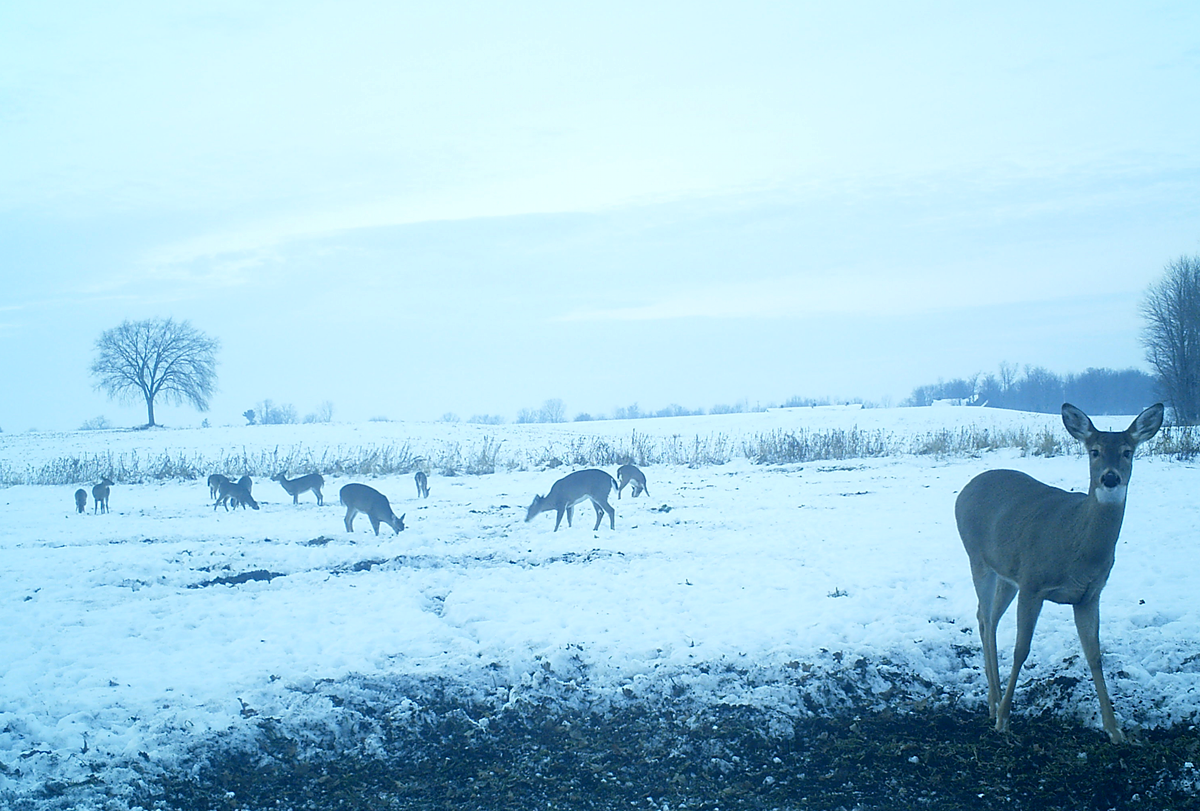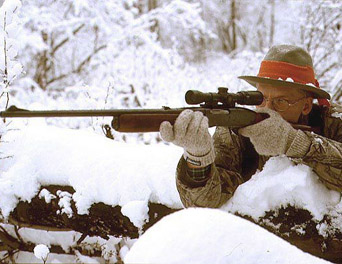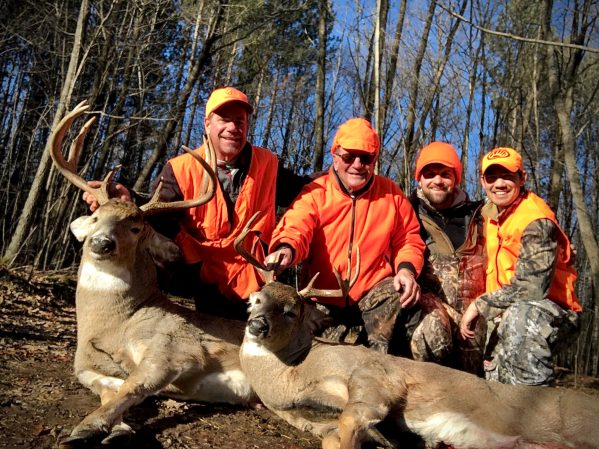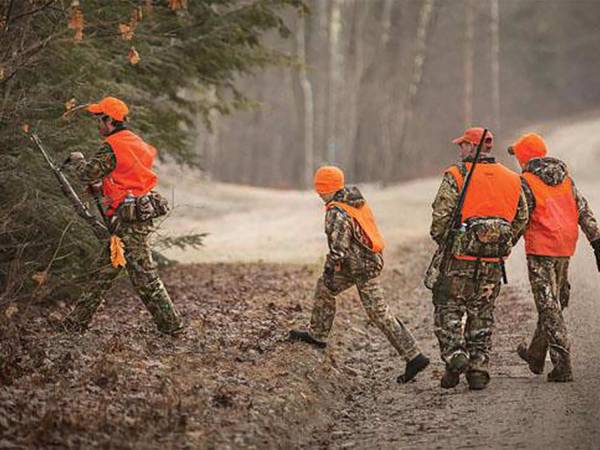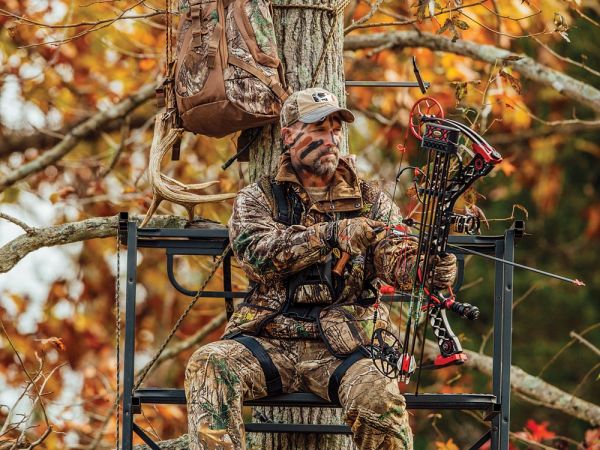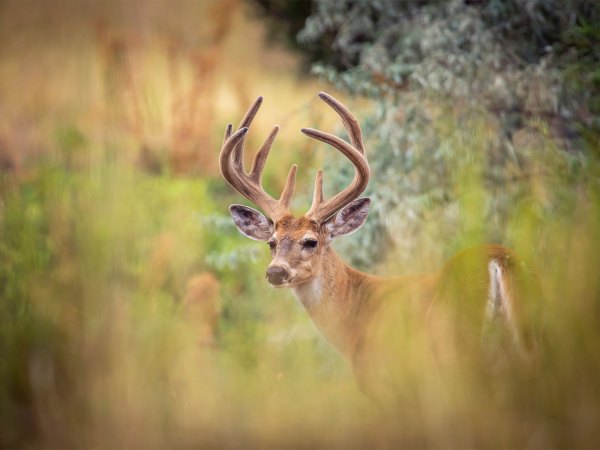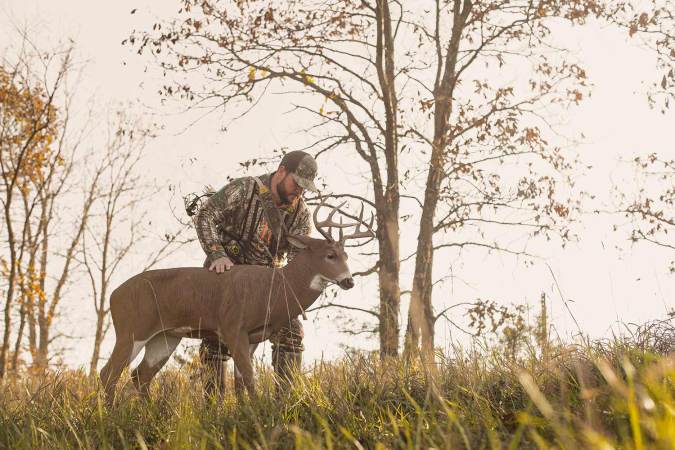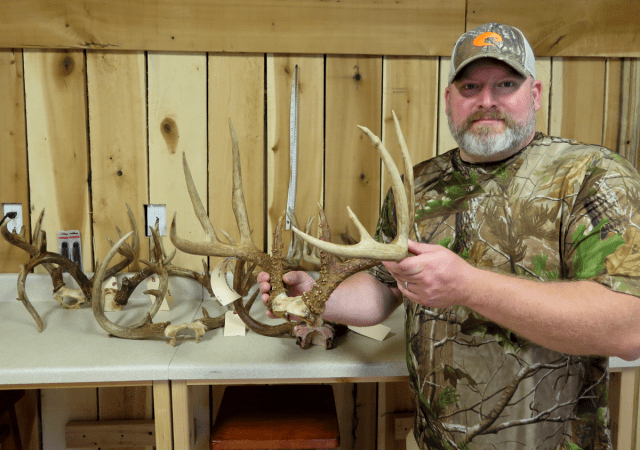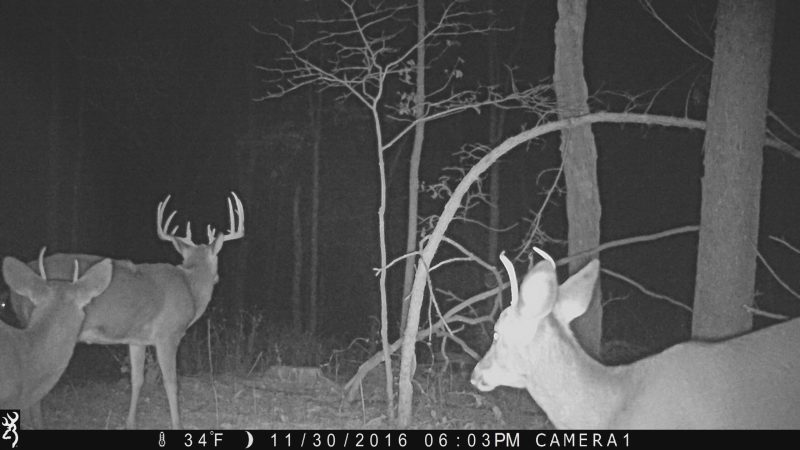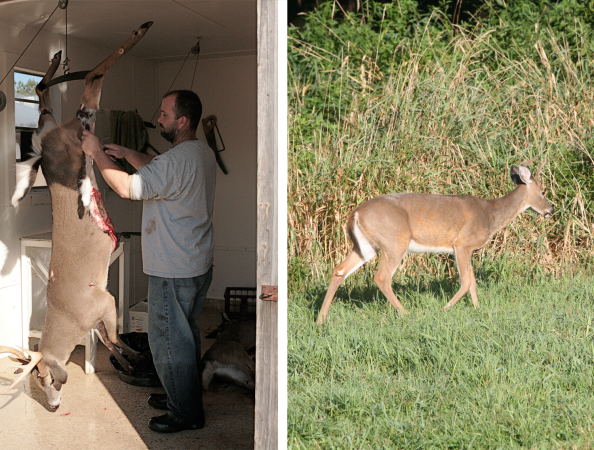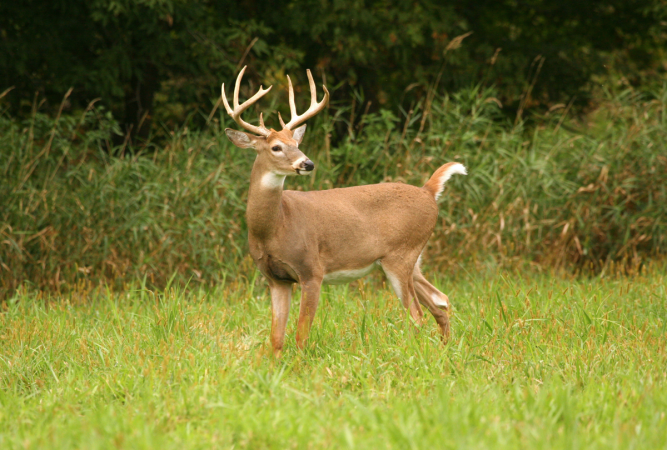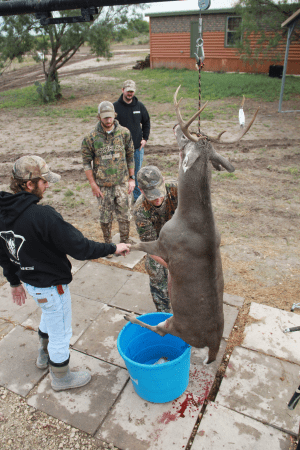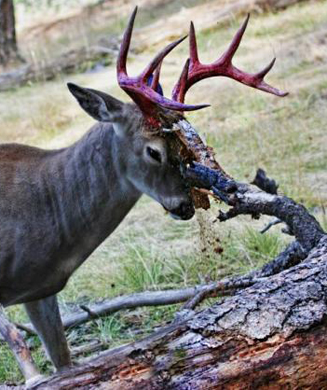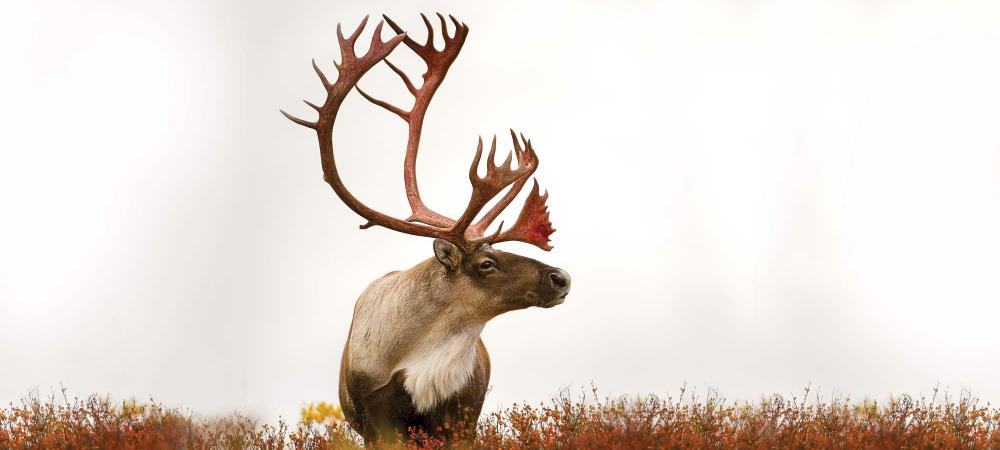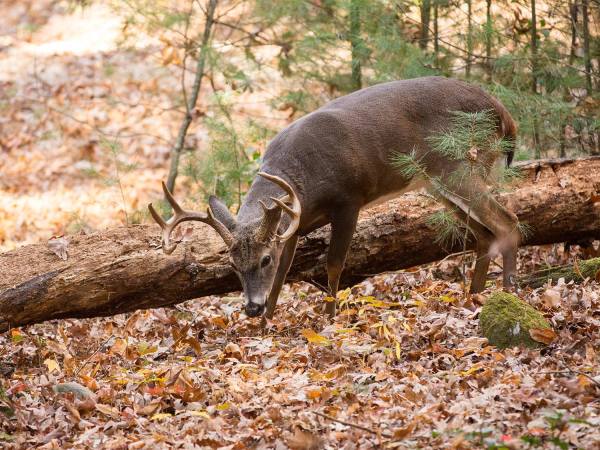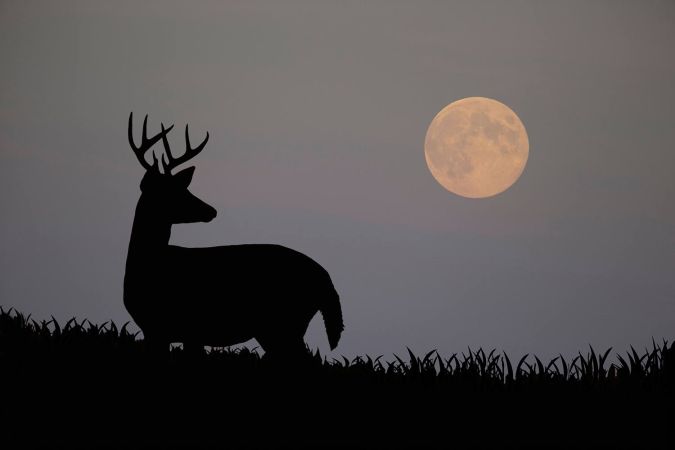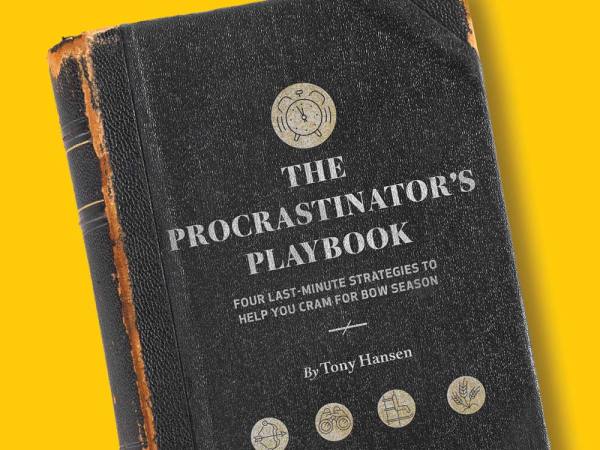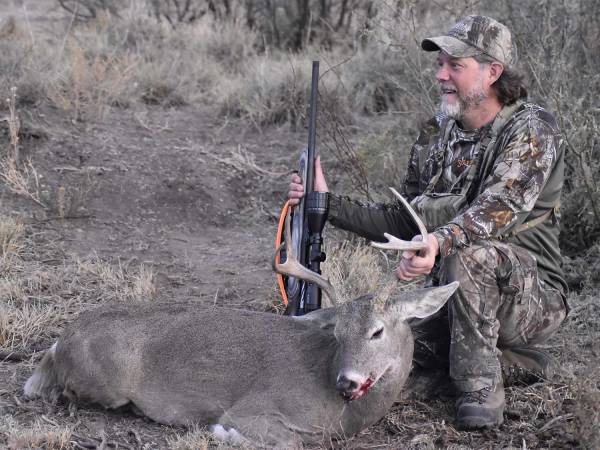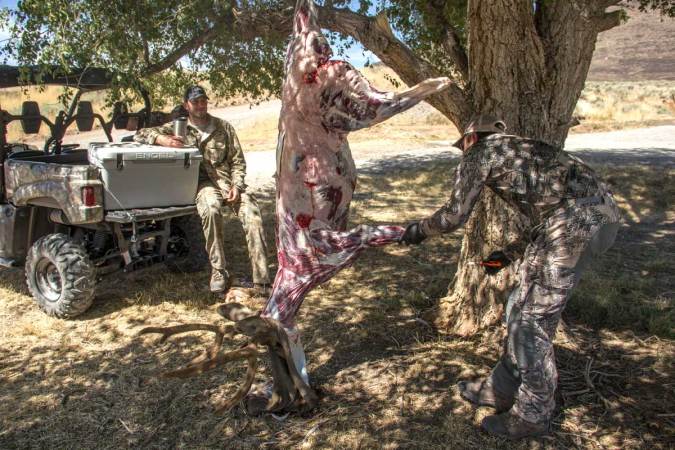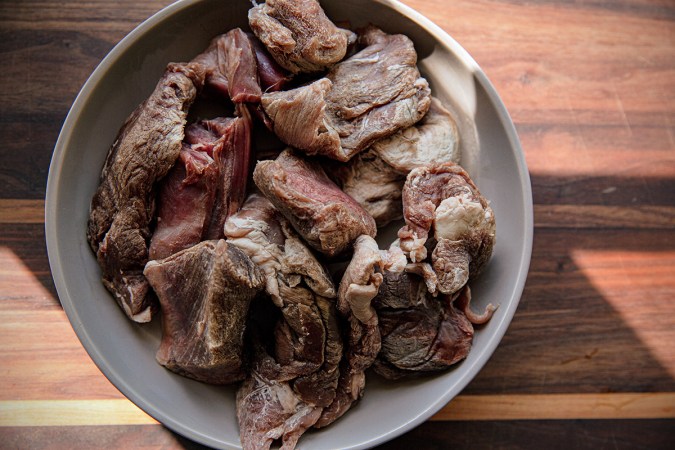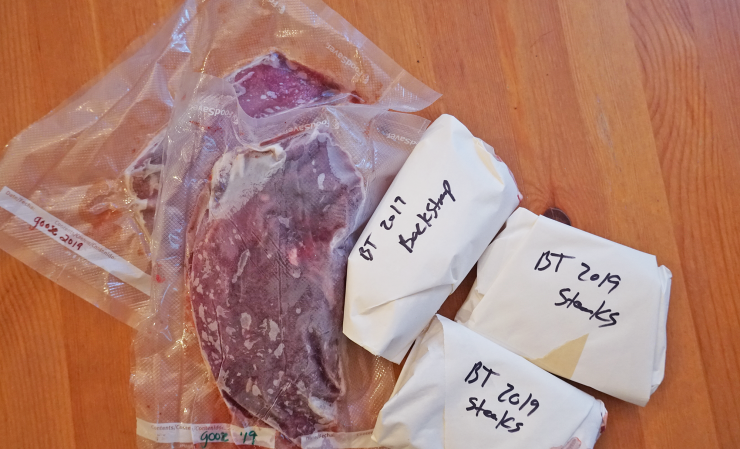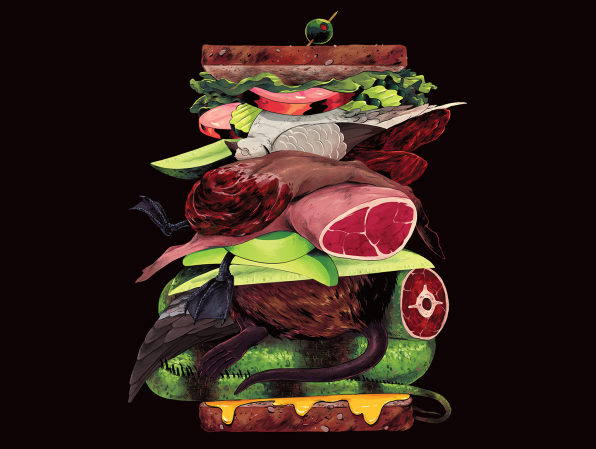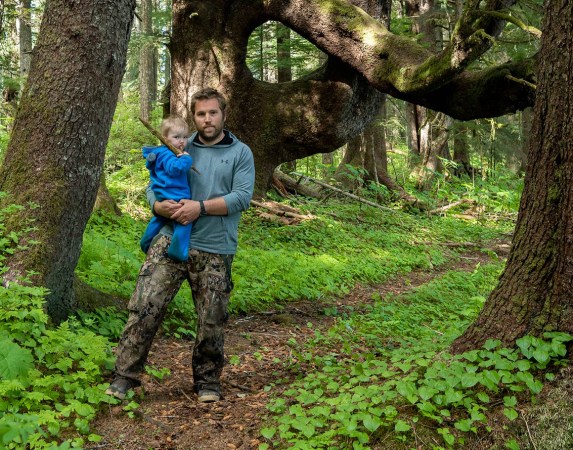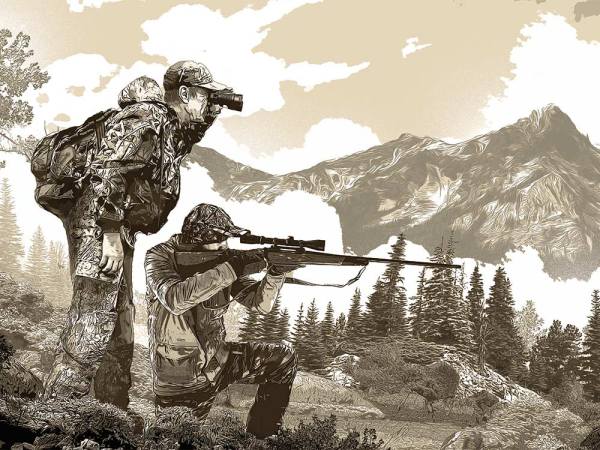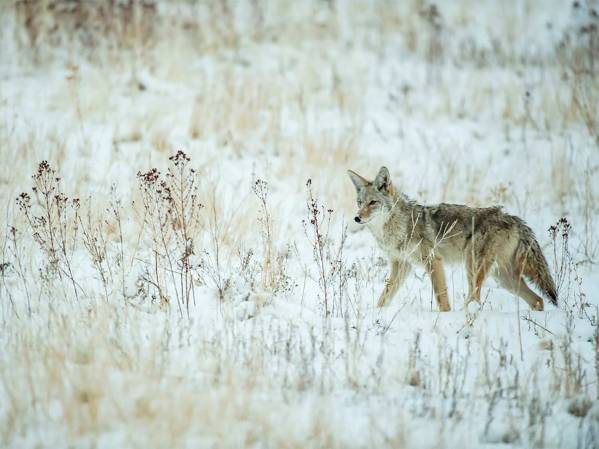It happens to me every year and somehow I never learn. When hunting season arrives, I’m calm, cool and collected knowing that I have plenty of time to put up the adequate amount of venison to support my family through the upcoming year. But then, seemingly in a flash, hunting season is nearly over and somehow I haven’t done my job. The freezer is not full.
And that’s where I stand today, in need of some serious last-minute heroics to fulfill my duties as the meat-maker of the family. If you’re in the same boat, it’s not time to panic quite yet, but it’s certainly time to get to work. Follow these four steps and you can still fill the freezer in the final days of the 2015 season.
1. Focus on does
While big bucks are what run through most of our dreams, when it comes to acquiring high quality meat in a pinch, it’s hard to beat a nice doe. On top of that, does are in most cases more prevalent, easier to locate and slightly less wary than their antlered partners—all being very beneficial when you need to get the job done fast. That said, killing a doe is still no easy task. Mature does are keenly aware of their surroundings and quick to bail if anything doesn’t seem quite right—so do not underestimate this quarry.
2. Don’t get too picky
While mature does will likely provide the most meat and the greatest challenge, the “4th quarter” of the hunting season is no time to get choosy. If meat is your mission, I’d recommend you take what you can get and if a young doe presents a shot, I’d be taking it. Many contend that a younger doe, while providing fewer meals, will actually be better table-fare. And on top of that, these younger does may be slightly easier to get in your sights.
3. If time allows, wait for the weather
If you have time to wait for the right weather, it’s a good idea to do so. Even does will react negatively to hunting pressure, so do your best to avoid hunting too much until the conditions are conducive to daylight deer movement. At this time of year those conditions will come in the form of a hard cold snap or a blanket of snow.
4. Pick the right spot
Finding does in the late season, in most cases, shouldn’t be too difficult. If you know of a quality late season food source, you should have does visiting it in the evening. So find those key food sources, as evidenced by plentiful tracks in the snow or beat down trails, and set-up near the most popular entry for an afternoon hunt. Be careful with your set-up though, as does at this time of year tend to bed especially close to their food source. An ideal location might be the edge of a secluded cut cornfield, alongside a well-trodden path, and with the wind blowing away from both where the deer are likely bedded and where they’ll eventually be feeding.
